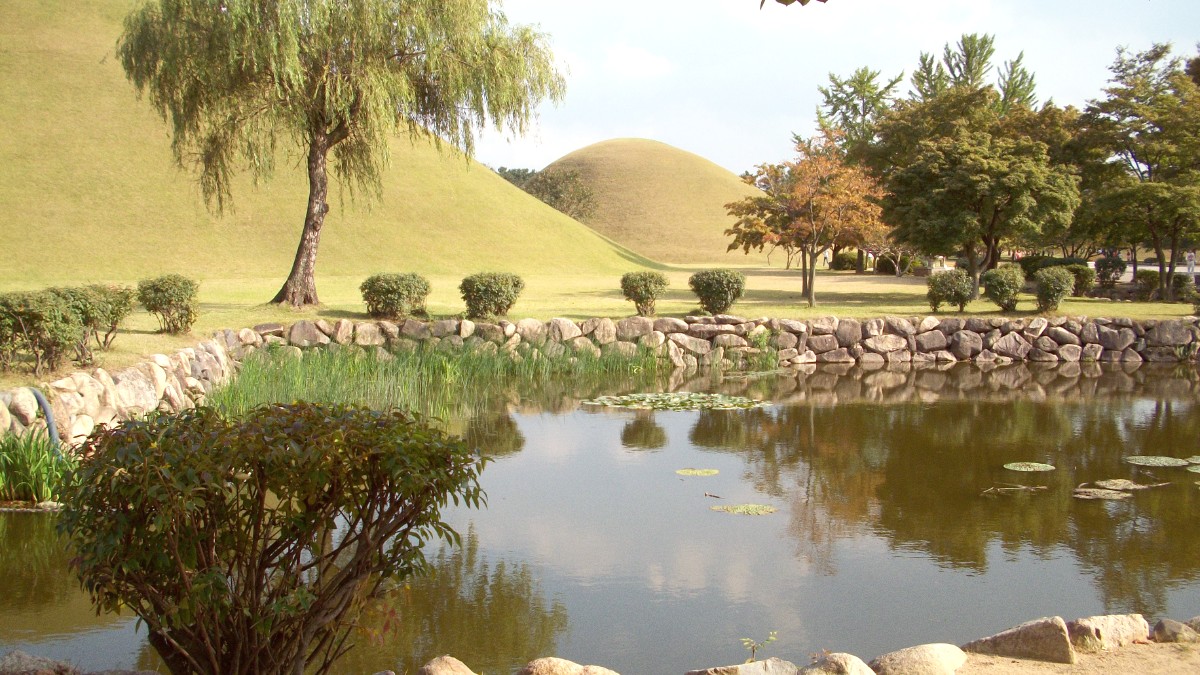
Gyeongsangbuk Do, South Korea
Busan (부산): South Korea's second-largest city and a major port. It contrasts Gyeongju's ancient calm.
Daegu (대구): A large inland city with historical sites like Donghwasa Temple and modern attractions like Seomun Market. It is known for its textile industry and spicy food.
Explore different ways to experience nearby cities and nature.
Independent travel to Busan and Daegu via train or bus is feasible due to frequent services and good infrastructure. This approach offers flexibility to set your own pace and choose specific attractions.
Prioritize specific areas to maximize your day trips.
Deepen your appreciation of Korean tradition with visits to unique cultural sites beyond Gyeongju's main attractions.
A UNESCO World Heritage site, a well-preserved Joseon Dynasty village.
Showcases unique architecture and rural life, a tangible connection to Korea's past.
A dedicated bus ride (40-50 min from Gyeongju Terminal) or taxi for a rewarding half-day excursion.
Yangdong Folk Village the most prominent example of a rural village for visitors.
Numerous temples in the wider Gyeongsang-do region can be pilgrimage sites for Buddhists.
Recommendations for adding 1-3 days to your itinerary or planning a long-term stay.
Add 2 to 3 days in Busan after Gyeongju. Contrast ancient history with modern energy.
Extend your trip to Seoul, before or after Gyeongju. Allow 3 to 5 or more days for the capital.
This plan provides a view of Korea, combining ancient history and modern city life.
Avoid any activities that involve the exploitation of animals.
Be cautious of overly aggressive street vendors, though this is rare here.
Donate to established local charities or cultural preservation foundations rather than individuals.